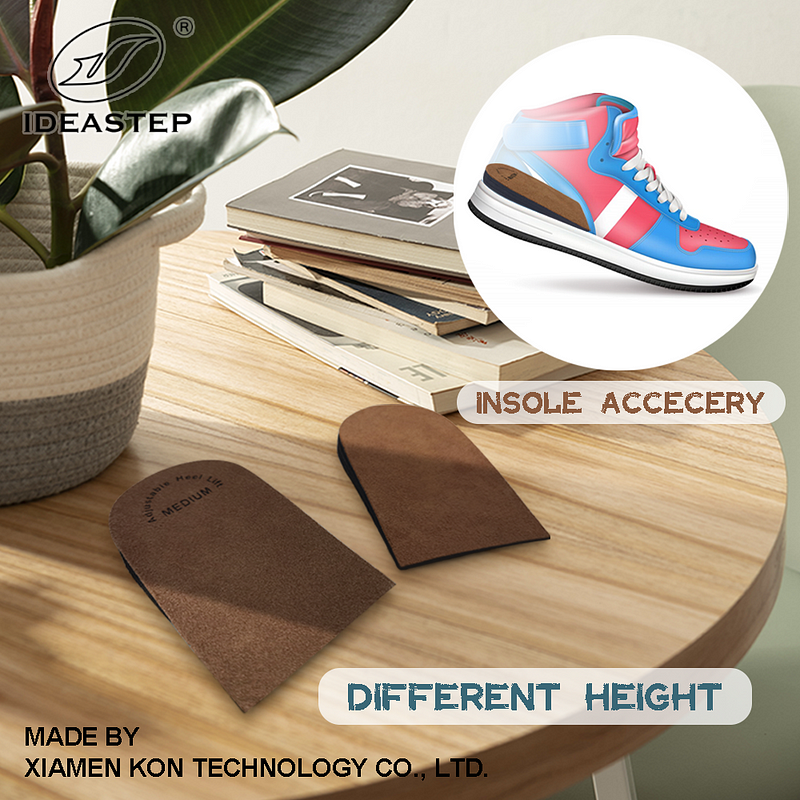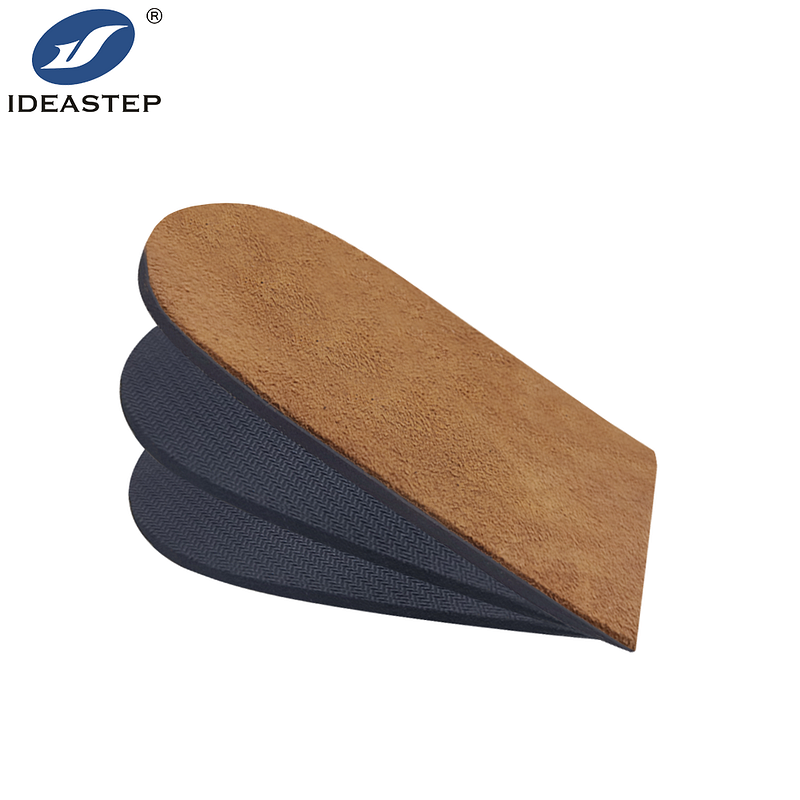Heel pads are essential ergonomic tools designed to enhance comfort and support for individuals who spend extended periods on their feet. Choosing the right heel pads can significantly reduce discomfort, improve posture, and prevent foot-related issues in the workplace. This guide explores the benefits of heel pads and offers insights into selecting the best options for ergonomic support.
In many workplaces, especially those requiring long hours of standing or walking, the right foot support is crucial for maintaining comfort and overall health. Heel pads are a simple yet effective solution to enhance ergonomic support and alleviate common foot problems. This article explores the advantages of using heel pads in the workplace and provides guidance on selecting the most suitable options for ergonomic benefits.

Enhanced Comfort
One of the primary benefits of heel pads is the enhanced comfort they provide. Individuals who spend long hours on their feet, such as healthcare workers, retail employees, and factory workers, often experience discomfort and fatigue in their feet and legs. Heel pads are designed to cushion the heel area, reducing the impact of each step and providing a more comfortable standing or walking experience.
Heel pads made from materials like gel, foam, or silicone offer varying levels of cushioning. Gel heel pads are known for their excellent shock absorption properties, while foam pads provide soft, responsive cushioning. Silicone pads, on the other hand, offer both cushioning and support. Choosing the right material depends on individual preferences and the specific demands of the job.
Pressure Relief
Pressure relief is another significant benefit of heel pads. Extended periods of standing can lead to localized pressure on the heels, which may contribute to pain and discomfort. Heel pads help distribute pressure more evenly across the foot, alleviating the strain on the heel and preventing the development of conditions such as plantar fasciitis or heel spurs.
Heel pads with contoured designs or additional padding in the heel area are particularly effective at relieving pressure. These designs help reduce hotspots and provide targeted support where it’s needed most. By mitigating localized pressure, heel pads can help prevent foot injuries and enhance overall foot health.

Improved Posture
Heel pads also contribute to improved posture. Proper foot alignment is essential for maintaining a healthy posture, and heel pads can assist in achieving this by providing support and cushioning where it’s needed. By reducing the impact on the heel and promoting a more balanced distribution of weight, heel pads help align the feet, which can have a positive effect on overall posture.
Improved posture can lead to reduced strain on the back, hips, and knees, which is especially beneficial for individuals who are on their feet for prolonged periods. By incorporating heel pads into daily footwear, workers can experience less discomfort and improved alignment throughout their body.
Shock Absorption
Effective shock absorption is another advantage of using heel pads. Repeated impact from walking or standing can cause wear and tear on the feet and joints. Heel pads with shock-absorbing materials help cushion each step, reducing the impact on the feet and lower limbs.
Shock-absorbing heel pads are particularly beneficial in high-impact environments, such as warehouses or construction sites, where workers frequently experience jarring movements. By minimizing the impact of each step, these heel pads help protect the feet and joints from long-term damage and discomfort.

Customizable Options
Customizable heel pads offer an additional layer of personalization to meet specific ergonomic needs. Some heel pads can be trimmed or adjusted to fit various shoe sizes and shapes, ensuring a precise fit. Customizable options allow individuals to tailor the level of cushioning and support according to their preferences and the demands of their work environment.
For those with unique foot issues or specific ergonomic requirements, customizable heel pads can provide targeted relief and support. This level of personalization ensures that the heel pads offer optimal comfort and effectiveness for each individual’s needs.
Durability and Longevity
Durability is a key consideration when selecting heel pads for the workplace. Given the demands of daily use, it’s important to choose heel pads that are made from high-quality materials and can withstand regular wear and tear. Durable heel pads maintain their cushioning and support over time, providing long-lasting ergonomic benefits.
When selecting heel pads, consider factors such as material quality, construction, and user reviews to ensure that the product will meet your needs and last through frequent use. Investing in durable heel pads can offer better value and continued comfort throughout their lifespan.

Conclusion
Choosing the right heel pads is essential for enhancing ergonomic support in the workplace. The benefits of heel pads include improved comfort, pressure relief, posture support, shock absorption, customization, and durability. By understanding these advantages, individuals can make informed decisions and select heel pads that contribute to better foot health and overall well-being at work.
FAQ
1. What are the main benefits of using heel pads in the workplace?
The main benefits of using heel pads in the workplace include enhanced comfort, pressure relief, improved posture, shock absorption, customizable options, and durability.
2. How do heel pads help with pressure relief?
Heel pads help with pressure relief by distributing pressure more evenly across the foot, reducing strain on the heel and preventing conditions such as plantar fasciitis or heel spurs.
3. What materials are commonly used in heel pads?
Common materials used in heel pads include gel, foam, and silicone. Each material offers different levels of cushioning and support, catering to individual preferences and specific job demands.
